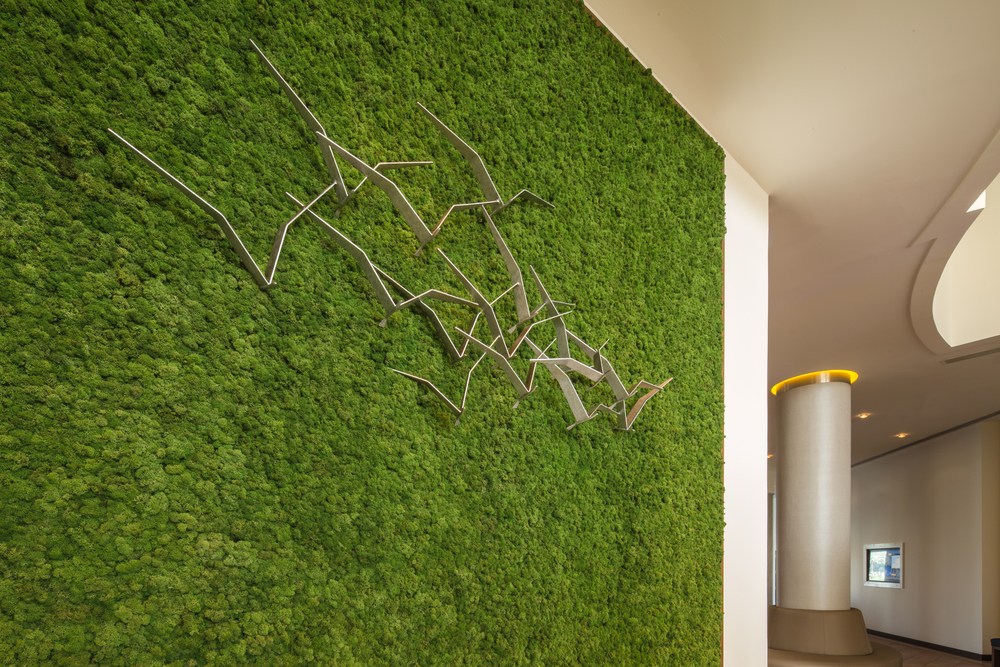Details
The Evolution of Meeting Spaces
12 Aug 2017When was the last time you had a meeting in an actual meeting room?
Before you think of a date and time, let me throw in something else for you to consider: when was the last time you had a meeting that genuinely needed a meeting room?
Traditional meeting spaces belong to an older generation of office spaces - an era that revolved around cubicles, large desking systems, corner offices, and when oversized suits and suspenders were still in fashion [ Ok, maybe not that old ;) ]. The point is, there’ve been several factors that have forced the hand of change in terms of office design. The most notable among these is technology, increasing ROI on real-estate cost, and the inclusion of millennials and younger generations into the workforce. These have forced creative ideas and designs to emerge on how offices should be configured.
Going back to the topic of meetings, if you were asked to really think about how you define a meeting, you’d no doubt come up with a few different versions. And each of these versions, ranging from conference calls to simple brainstorming sessions to high-level boardroom presentations, require varying degrees of space and privacy. A kick-off meeting for your next marketing campaign does not need a formal environment like a boardroom, and a negotiation between law firms does not happen over coffee while sitting on bean bags.
This means that planning and designing a meeting space today requires a checklist with a new set of points to tick off. In case you’re wondering what your meeting spaces should look like, we’ve got you covered. But first, remember the key elements to consider when designing your meeting room:
- Technology & Collaboration
- Space
- Acoustics & Privacy
- Experience
The Brainstorming/War Room - for all the ideas and the arguments
Possibly the most flexible and informal space area in the office, the brainstorming room holds an important function of providing an environment that’s conducive to innovative ideas and productive discussion. Organizations today are encouraging an internal culture of innovation, which is why these rooms must be designed to be promote effective innovation.

Key features of this space will involve unobstructive furniture, writable and collaborative surfaces, and design elements that stimulate the creative juices ( color, biophilia ). Visual privacy may or may not be important, depending on the type of content being discussed. However, acoustics will play an important factor to how effective a working environment the room is.
The Executive Meeting Room
Traditional meetings rooms might be on the decline, but they’re not relics of the past. For companies that see a need for private spaces or simply for those who can afford the real estate, closed meeting rooms are still very much a priority. The degree of privacy and the intended use of the room determines its design - they range from glass partitions to sealed off rooms, from task chairs to high-end executive chairs for executive-level meetings.

Defining features are a need for good quality sound absorbent materials ( acoustics ), meeting chairs and teleconferencing tools and technology. Writable surfaces might also be needed, but perhaps the movable or glassboard type better suited as a complement to presentations.
The Collaboration Zones
The rational compromise between the above two spaces - collaborative zones offer the most functional and aesthetically pleasing spaces for your brain-storming or semi-private meetings. The best part? They’re not actual rooms, and can be moved around re-assembled at different locations if and when needed. The key to a good collaborative space is to allow for flexibility and to provide tools to be creative and to collaborateand not lose sight of functionality. The furniture should invite coworkers to use the space, not see it as unnecessary soft-seating that takes up space in the office. The whole point of effective collaborative furniture is to solve the need for meeting spaces without having to dedicate separate rooms or spaces.


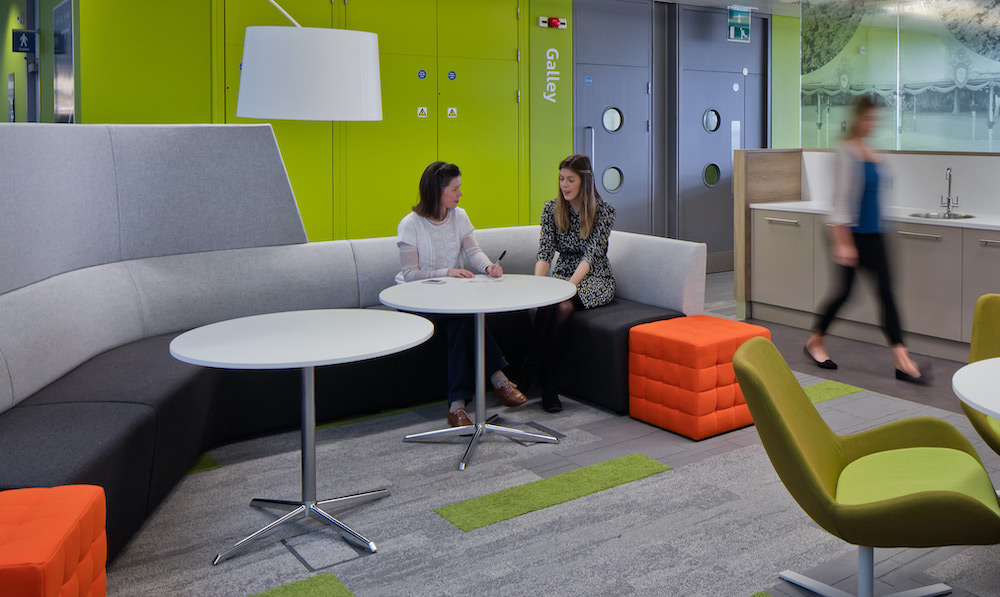



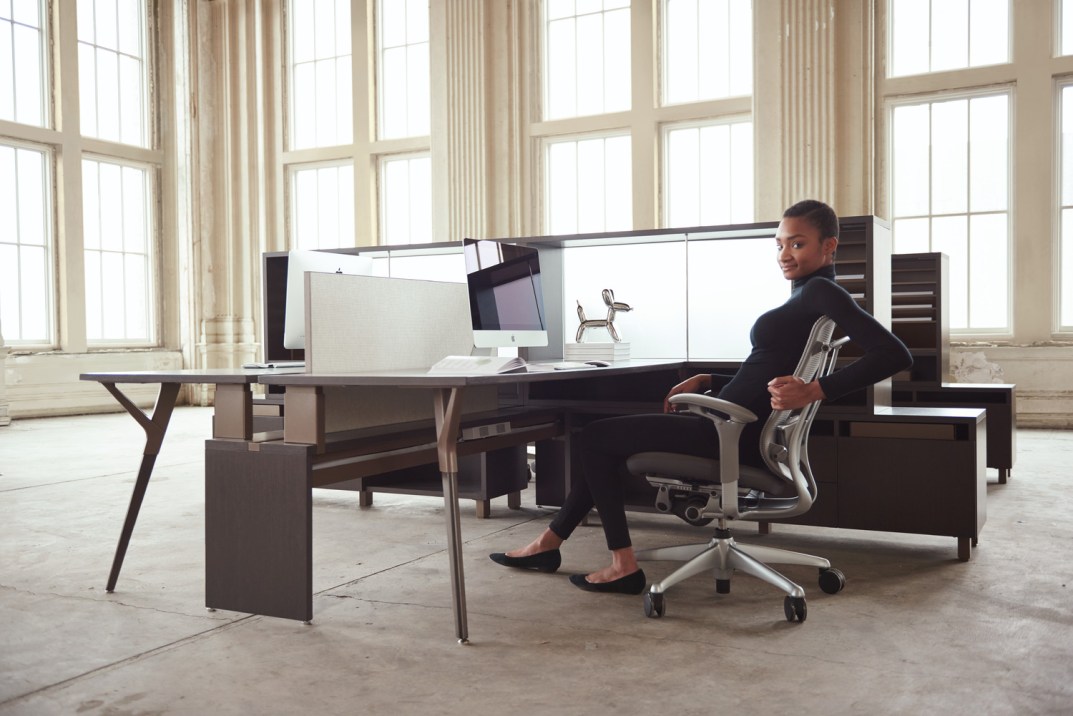
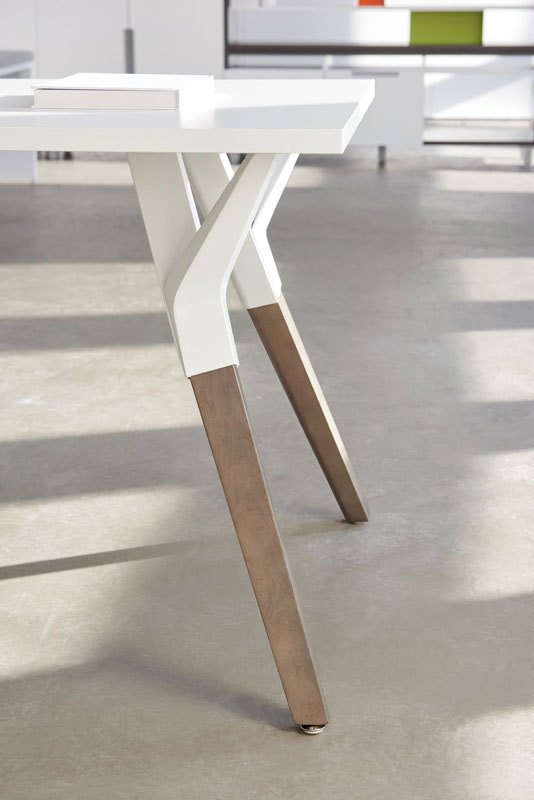
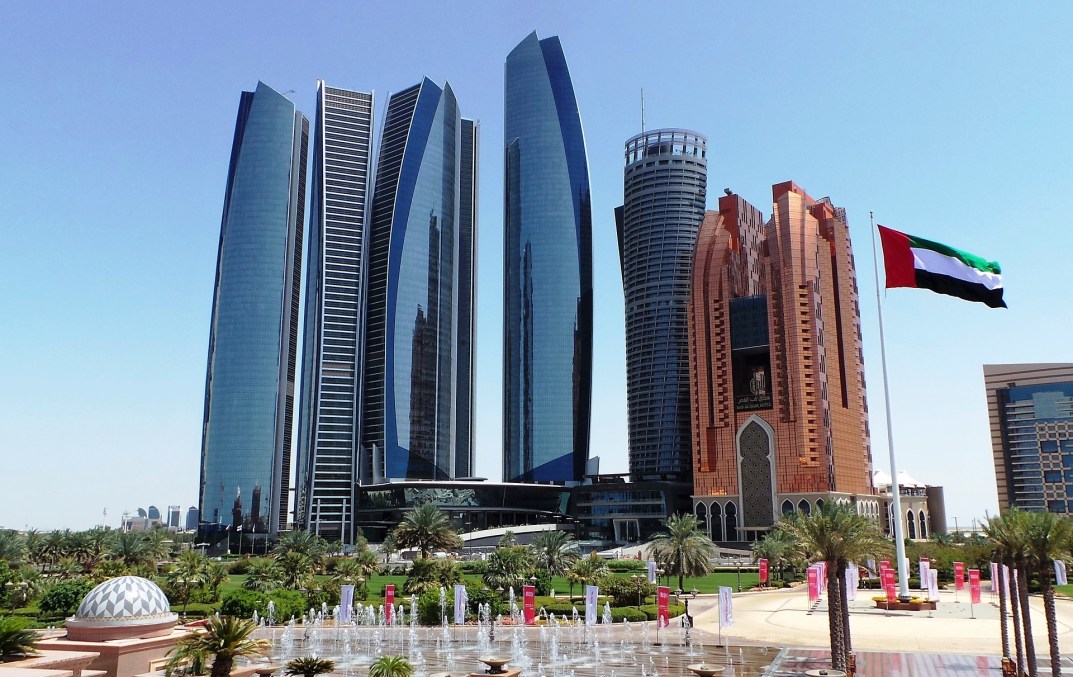
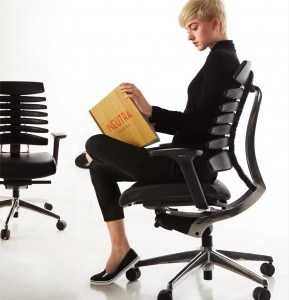
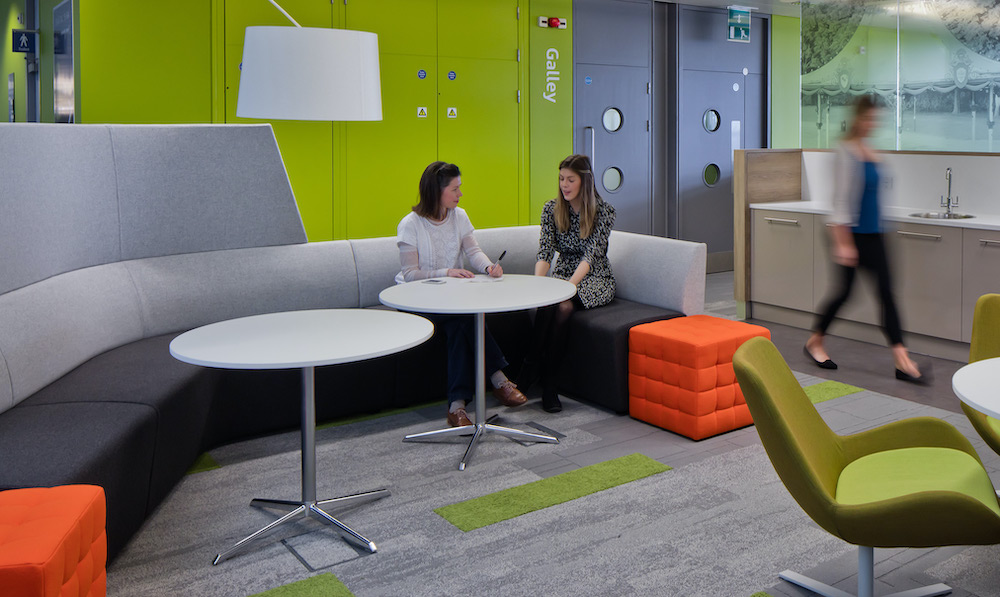
.jpg)
